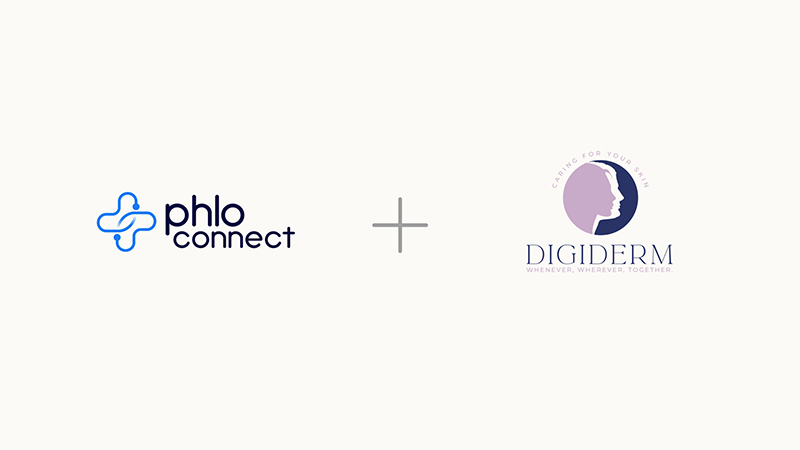Pharmacy provision is an essential part of the healthcare ecosystem and it is incredibly valuable to the economy, contributing £3 billion to the NHS, public sector, patients and wider society. This amounts to a benefit of more than £250,000 per pharmacy or £54.61 for every resident of England. 1 In addition to dispensing medication, UK pharmacies deliver 58 million informal, appointment-free consultations per year – saving the NHS 24 million GP appointments.2
There is no denying that Pharmacy is critical to the future of healthcare and has an incredibly important role to play in the delivery of a seamless digital healthcare experience. Virtual care supported by digital infrastructure is more than simply a trend. it is a means for providing efficient and effective healthcare services at a local, national and global scale. Pharmacy is no exception.
While Pharmacy can, at times, be complicated and is still largely dependent on legacy systems that rely on faxes, papers and wet signatures, increased adoption of new technology in recent years is encouraging. Through digital health services, many pharmacists can easily access virtual therapeutics, digitise patient data storage, and automate the process of finding drug interactions, as well as access resources for better medication dispensing and delivery.
A better patient experience
Recent years have seen a surge in telemedicine - analysis indicates that usage increased 38x pre-Covid-19 baseline – a change enabled by increased patient and provider willingness to use telehealth services, and regulatory changes allowing greater access and reimbursement.3
With more people investing in their own health, and increased patient expectations for service delivery, patients have come to anticipate as much flexibility and choice in how they receive medications as their grocery shopping.Now, walking to the pharmacy is not always the best or most preferable option. Between 40-60% of patients express interest in virtual health solutions – from websites to wearables and apps –however there is a gap between those wanting to use digital health solutions, and those actually using them.4 To close this gap, a seamless, enjoyable user experience – for both the patient and the clinician – and easy integration into existing care pathways is key.
“Great user experience is two things: It is effortless, and it is delightful. Effortless, should always come first. It should remove barriers and it should remove additional thinking.” – Katie Beaton, Head of Product at Phlo Connect
To view this video please enable JavaScript, and consider upgrading to a web browser that supports HTML5 video
Addressing inequity across healthcare
As well as meeting clinician and patient expectations for usability, any transformation must also address health equity and the complex care needs of the most vulnerable. Currently, local variation of funding creates a ‘postcode lottery’ affecting access to care across the UK,5 particularly for people dealing with complex and poorly understood medical issues. An example of this is Long Covid, affecting people living in lower-income areas most significantly:
“With over two million sufferers [of Long Covid], there aren’t enough specialist services to meet the growing demand, and the help patients get varies hugely across the country.” – Helen Donovan, Professional Lead for Public Health at The Royal College of Nursing6
Research has found that the siloed nature of the UK’s healthcare system has created huge disparities in access to healthcare services across the UK.7 For example:
- Patients in North London ICS are 81% more likely to lack access to sufficient support from local health and care services compared to patients in Dorset ICS.
- Children with a mental health emergency in Birmingham and Solihull ICS are 80% more likely to be seen by a mental health specialist within four weeks compared to children in Gloucestershire ICS.
Healthcare innovators must take these disparities and variability into account, to ensure that digital solutions do not compound regional variations in healthcare access, and instead offer more affordable, flexible and accessible options to those who need it the most.
To view this video please enable JavaScript, and consider upgrading to a web browser that supports HTML5 video
Pharmacy infrastructure: plugging the gap
Despite many primary healthcare practitioners offering digital consultation options, the digital experience for patients often ends after the appointment. This is where Phlo Connect comes in.
We believe that digital healthcare services can help deliver the best healthcare to patients across the country. At Phlo Connect, we’re helping to address complex patients and health inequalities across the UK – connecting healthcare services with patients and prescribers, so that everyone has access to seamless, flexible and transparent healthcare, when they need it.
Partner with Phlo Connect






